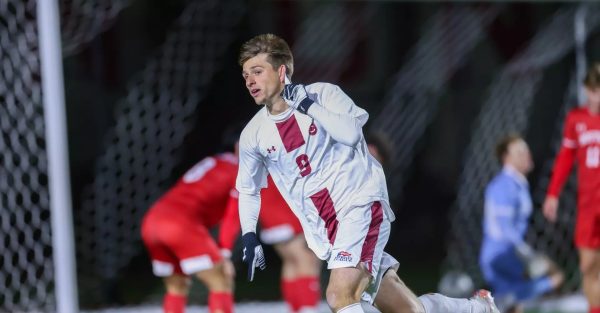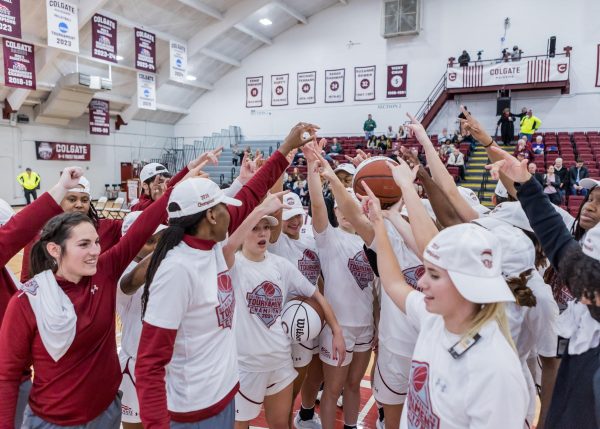History of Colgate Women’s Athletics
“No person in the United States shall, on the basis of sex, be excluded from participation in, be denied the benefits of, or be subjected to discrimination under any education program or activity receiving Federal financial assistance.”
This is the original text signed into law by U.S. President Richard Nixon that came to be known as Title IX. Title IX is a federal civil rights law and was passed as part of the Education Amendments of 1972. It was established to provide everyone equal access to any program or activity that receives Federal financial assistance, including athletics.
After the implementation of Title IX in 1972, women’s sports participation skyrocketed. Donna de Varona, the first president of Women’s Sports Foundation, has commented that since 1972, the percentage of women playing college sports has increased 545 percent. In a 1973 Colgate Maroon article, it states that because the university received half a million dollars annually from the federal government, Title IX applied to Colgate. Although Title IX was passed in 1972, it was not put into effect at Colgate until July 21, 1975.
“Colgate University will comply with all applicable provisions of Title IX of the Educational Amendments of 1972 and its implemenation,” Thomas Alva Bartlett, the then-Colgate President, said at the time.
Title IX affected many areas of the Colgate campus, including health services and student insurance. However, athletics was the area most visibly affected by Title IX’s regulations. In a 1975 Colgate Maroon-News article, it was noted that the two most affected athletic areas were athletic scholarships and general services. In regard to athletic scholarships, Title IX states that an institution must award athletic scholarships to the same amount of members of each sex in proportion to the number of students of each sex participating in athletics.
In 1976, Greenberg and Cooley, the representatives of the club softball team at the time, filed a complaint with HEW, the Department of Health, Education and Welfare, against the university’s compliance with Title IX, based on one incident in the fall of ‘76. The Athletic Commission invited all club sports to present their cases for being promoted to varsity status. However, the softball team was denied varsity status.
“There are still inequalities that ought to be brought to the university’s attention. While facilities have been improved, they are still inadequate: the locker rooms are small, there aren’t enough showers, and the fields are in poor condition,” Greenberg said regarding the reasoning behind filing the complaint.
George D. Langdon Jr., President at the time, felt as though the university had done a lot in trying to provide athletic opportunities for women. Ruth Goehring, coordinator of women’s athletics, agreed with Langdon that the university had been fair with respect to Title IX.
In response to the complaint, HEW ordered an investigation. The result of the investigation was to negotiate a remedy, not to withdraw federal funding. Over the years, Colgate, along with other universities, has worked to minimize discrimination against women, especially in the athletic arena.
In a 1996 interview, Neil R. Grabois, Colgate’s thirteenth president, spoke to Colgate’s commitment to equal athletic opportunities for men and women.
“Colgate has been and continues to be committed to providing opportunities for women and men consistent with their talents and interests,” Grabois said.
Since 1996, there has been one addition to the Colgate varsity sports: Women’s hockey. Now with twelve women’s and eleven men’s varsity sports programs, Colgate is equally represented by both men and women as one of the top schools in the Patriot League.
Contact Cassie Warwick at [email protected].






